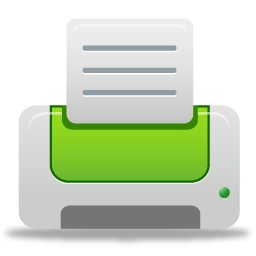
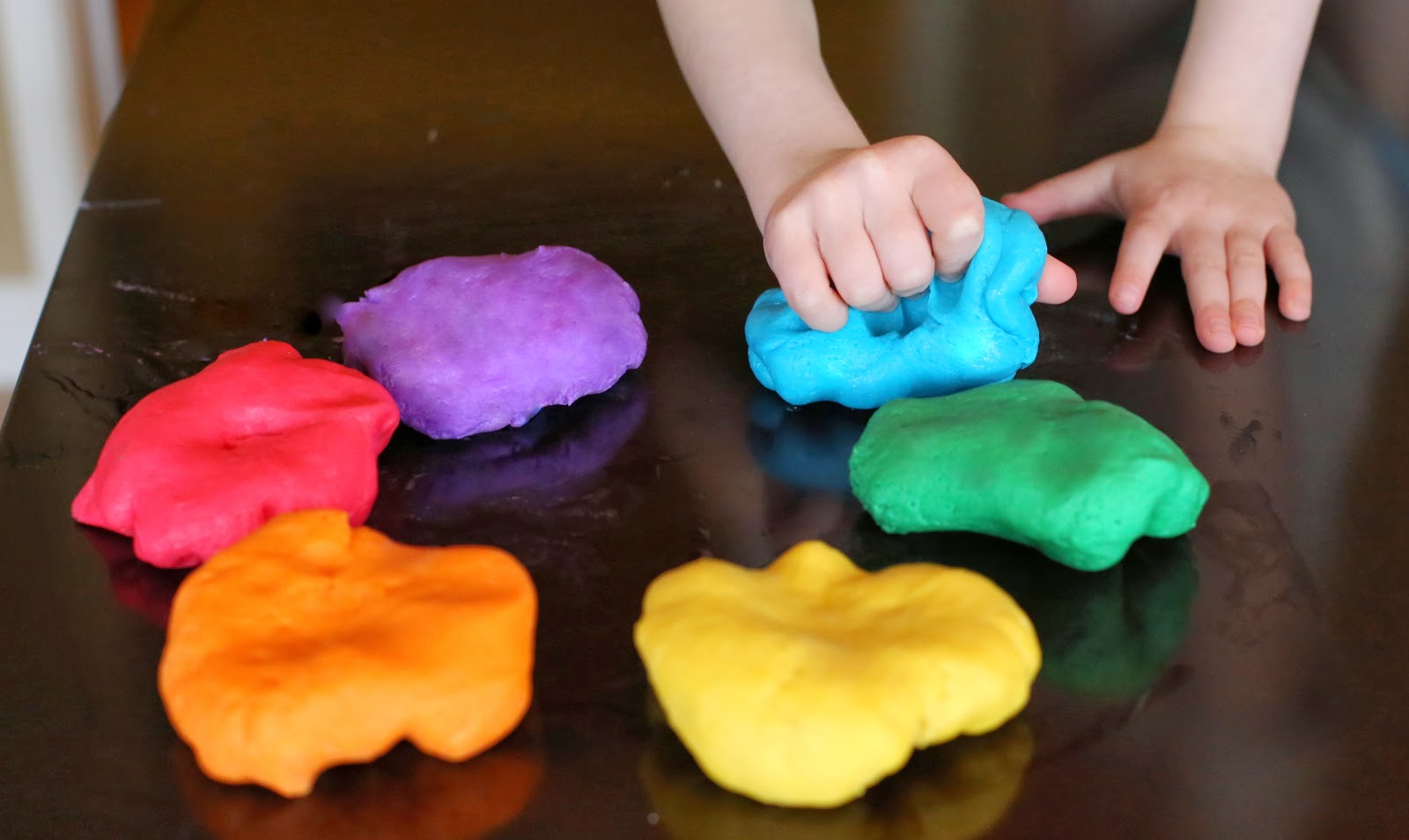 Squishing, rolling, sculpting, moulding . . . young children love to play with playdough. Add some props and playdough play becomes a powerful way to support children’s learning. This simple preschool staple lets children use their imaginations and strengthen the small muscles in their fingers—the same muscles they will one day use to hold a pencil and write. Using playdough with you or friend supports children’s social skills such as sharing, taking turns, and enjoying being with other people. Playdough also encourages children’s language and literacy, science, and math skills—all at the same time! Homemade or out of a can, playdough can provide hours of fun and learning.
Squishing, rolling, sculpting, moulding . . . young children love to play with playdough. Add some props and playdough play becomes a powerful way to support children’s learning. This simple preschool staple lets children use their imaginations and strengthen the small muscles in their fingers—the same muscles they will one day use to hold a pencil and write. Using playdough with you or friend supports children’s social skills such as sharing, taking turns, and enjoying being with other people. Playdough also encourages children’s language and literacy, science, and math skills—all at the same time! Homemade or out of a can, playdough can provide hours of fun and learning.
Why Playdough is Good for Children
Playdough play supports development and learning in many areas. When children use playdough, they explore ideas and try different approaches until they find one that works. They compare and contrast objects ("Mine’s a fat pancake and yours is skinny”), actions ("No, don’t cut it! Scrape it, like this”), and experiences ("We’re not making a snake—we’re making a road”). In their experimenting, children come up with their own ideas, satisfy their curiosity, and analyse and solve problems. These are all skills that help children learn and succeed in school.
1. It Supports Social and Emotional Development
Creating with playdough lets children feel competent ("I’m good at rolling the dough”) and proud of their accomplishments ("Hey, I made a dog”). Pounding, flattening, and squeezing are healthy and safe outlets for extra energy. They can also help children cope with strong feelings.
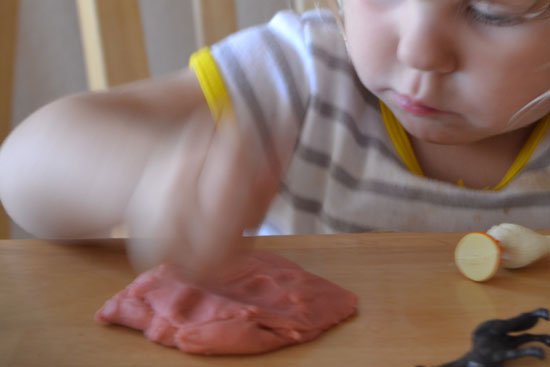
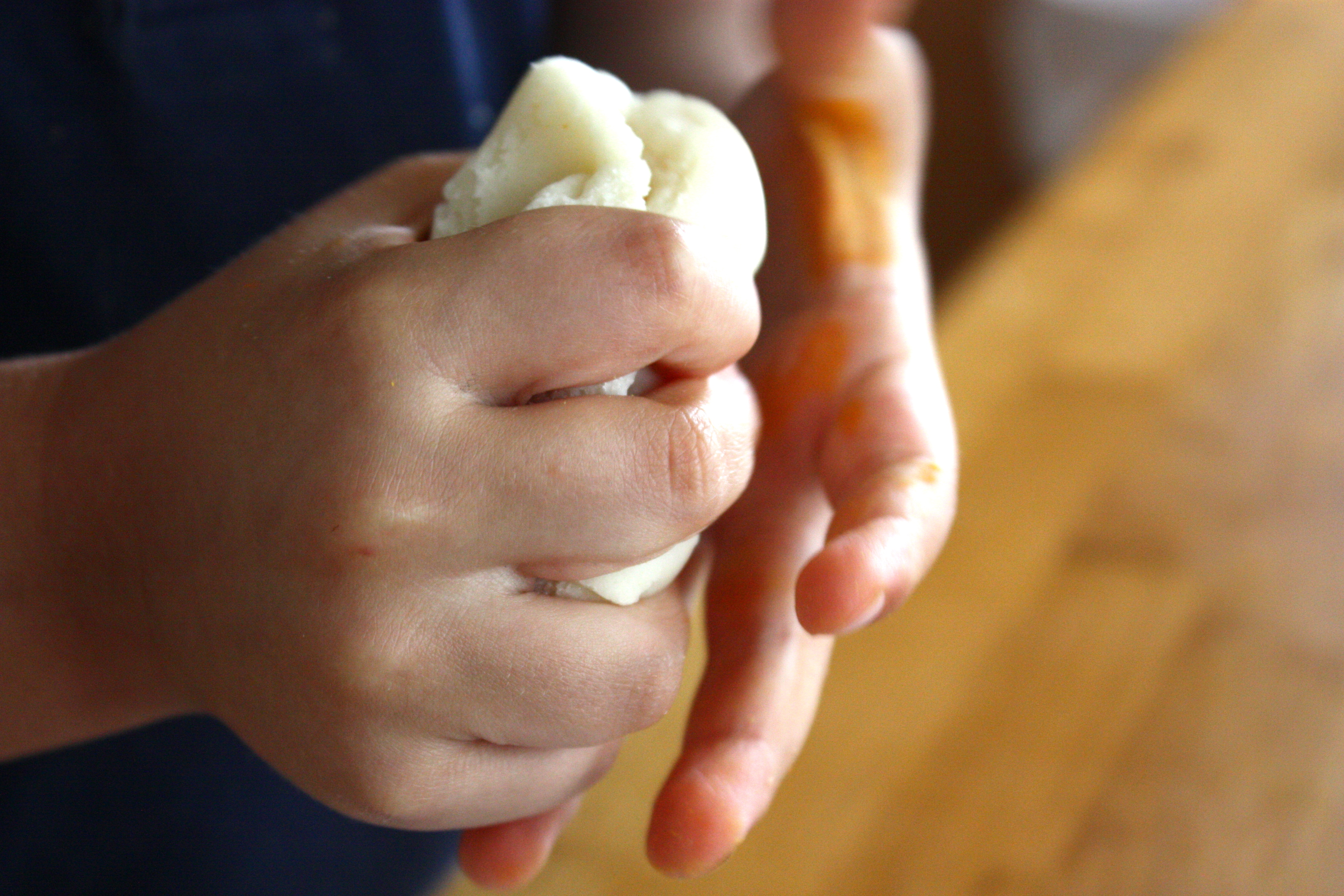
During playdough children talk about what they’re making and how. Make comments about their work ("You cut it again”). Ask questions so children can describe and think about what they are doing ("What does this do?”). Connect their play to the real world ("Can you make a red tomato? A green one might not be ripe”). Teach cooperation ("I can help you make your car”), and observe and compare actions ("I’m rolling my dough too”). Interactions like these contribute to development and learning, helping to prepare children for success in school and in life.
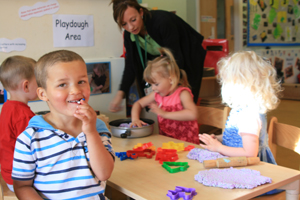
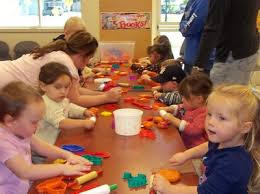
2. It Promotes Creativity and Imagination
With playdough, young children express their ideas through art and make-believe play. At the same time, they learn symbolic thinking by pretending that the playdough is something else ("That thing with the antlers is a moose”).
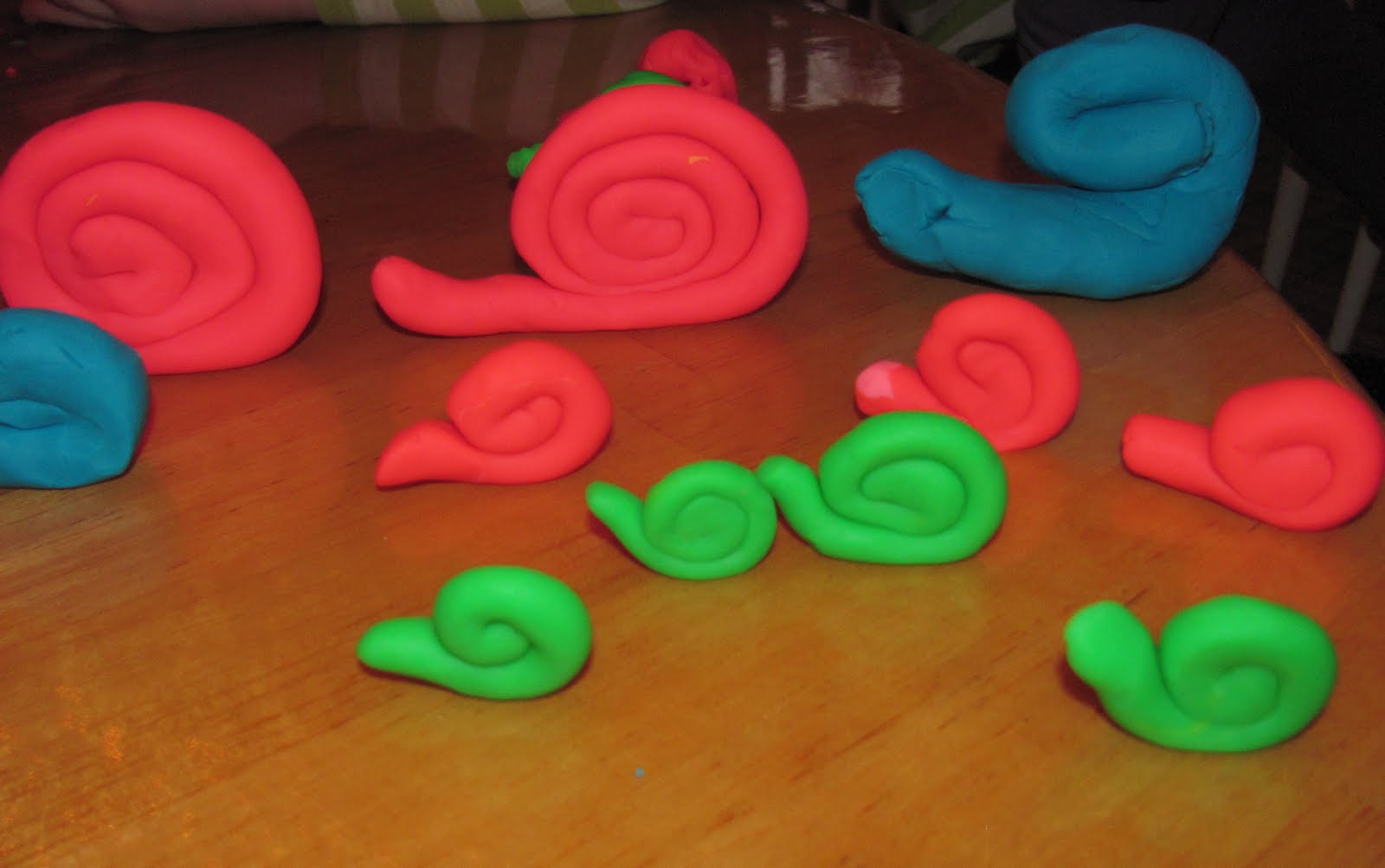
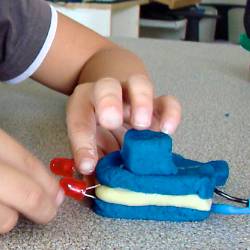
Older pre-school children often make detailed playdough creations. With one or more friends, they may imagine themselves to be construction workers building a highway, prehistoric hunters pursuing a woolly mammoth, or pastry chefs baking and selling cookies, cupcakes, and donuts at a bakery.
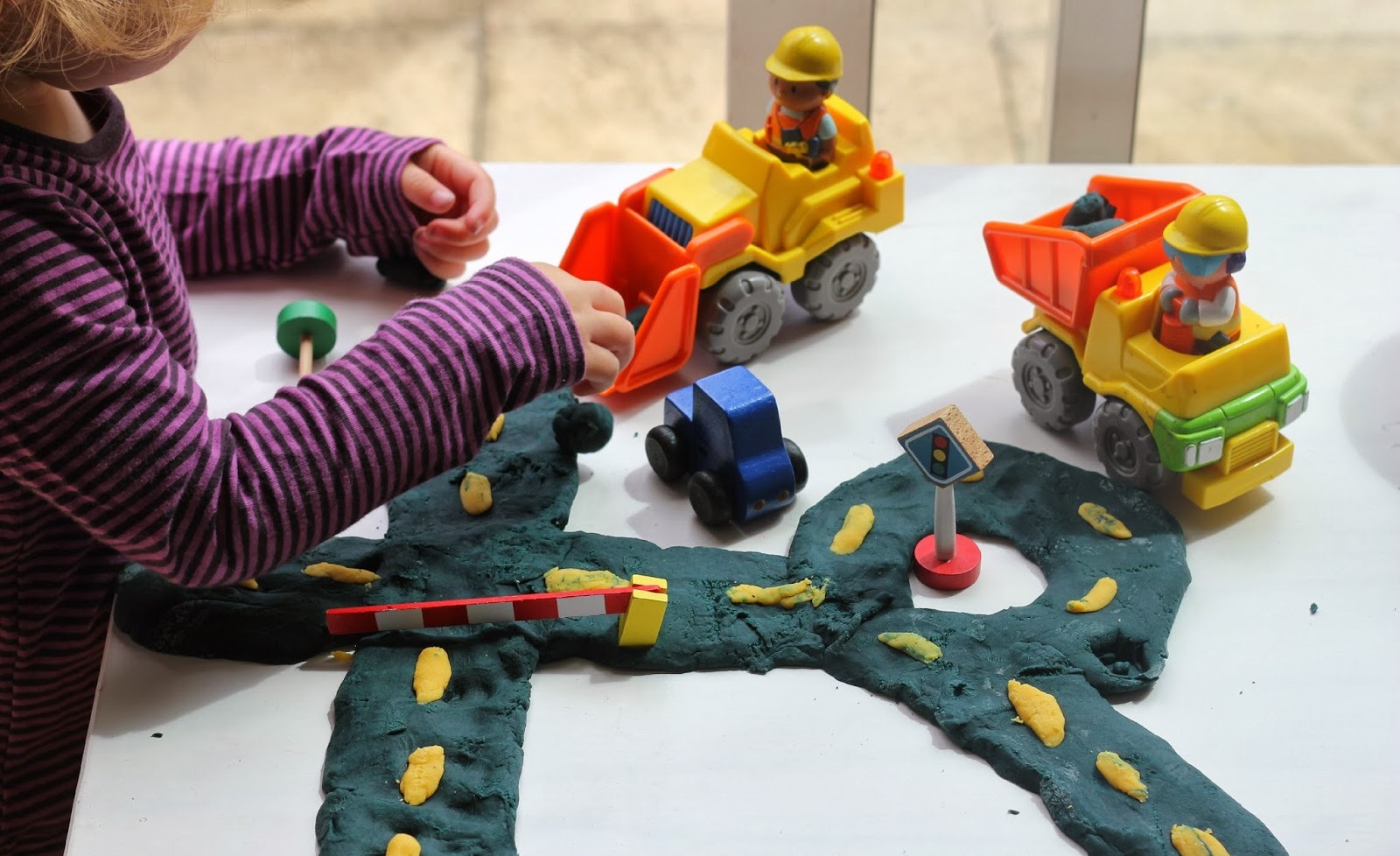
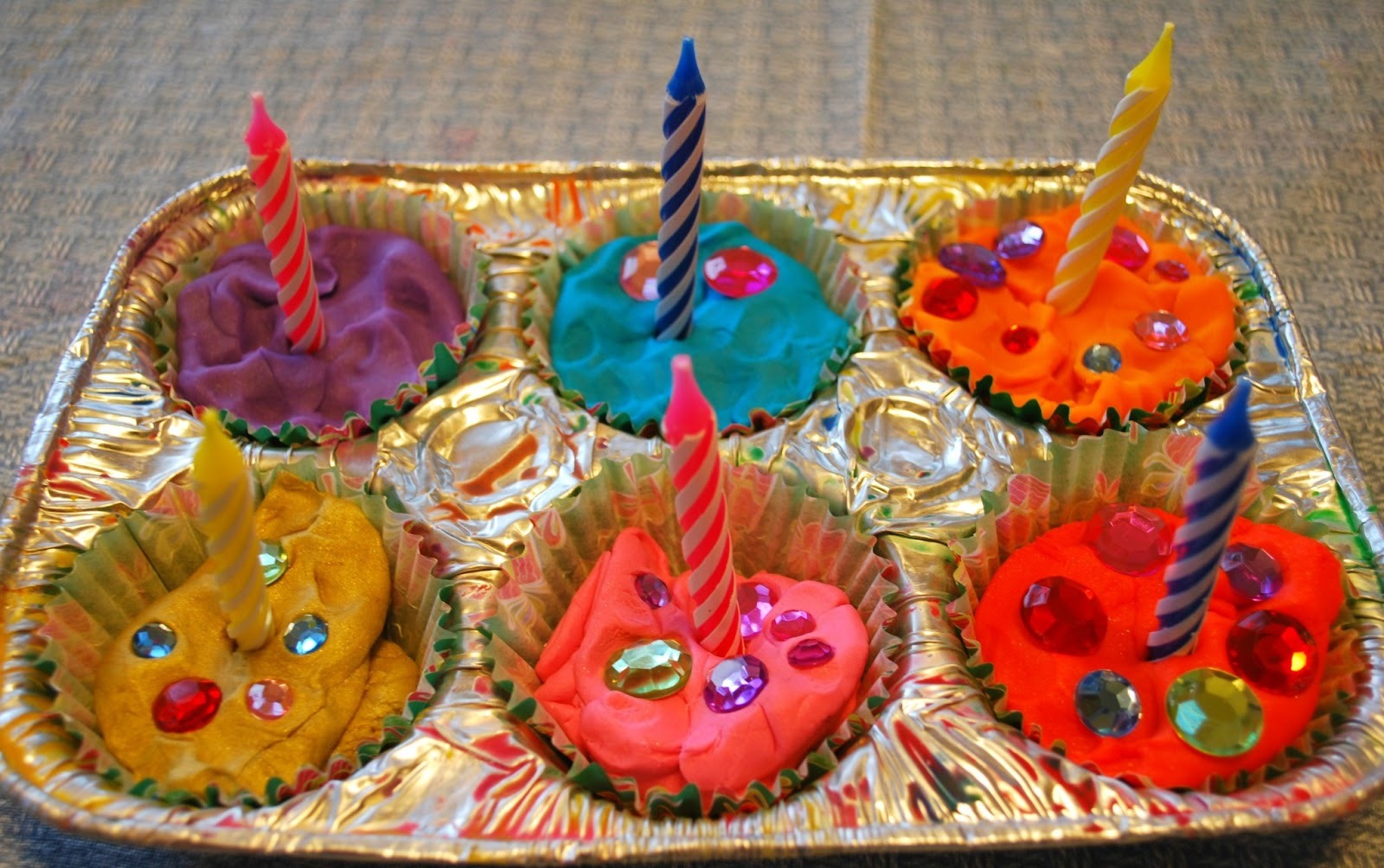
3. It Supports Language Development
When playing with playdough, children practice listening to and talking with friends and adults. Materials like playdough help children build 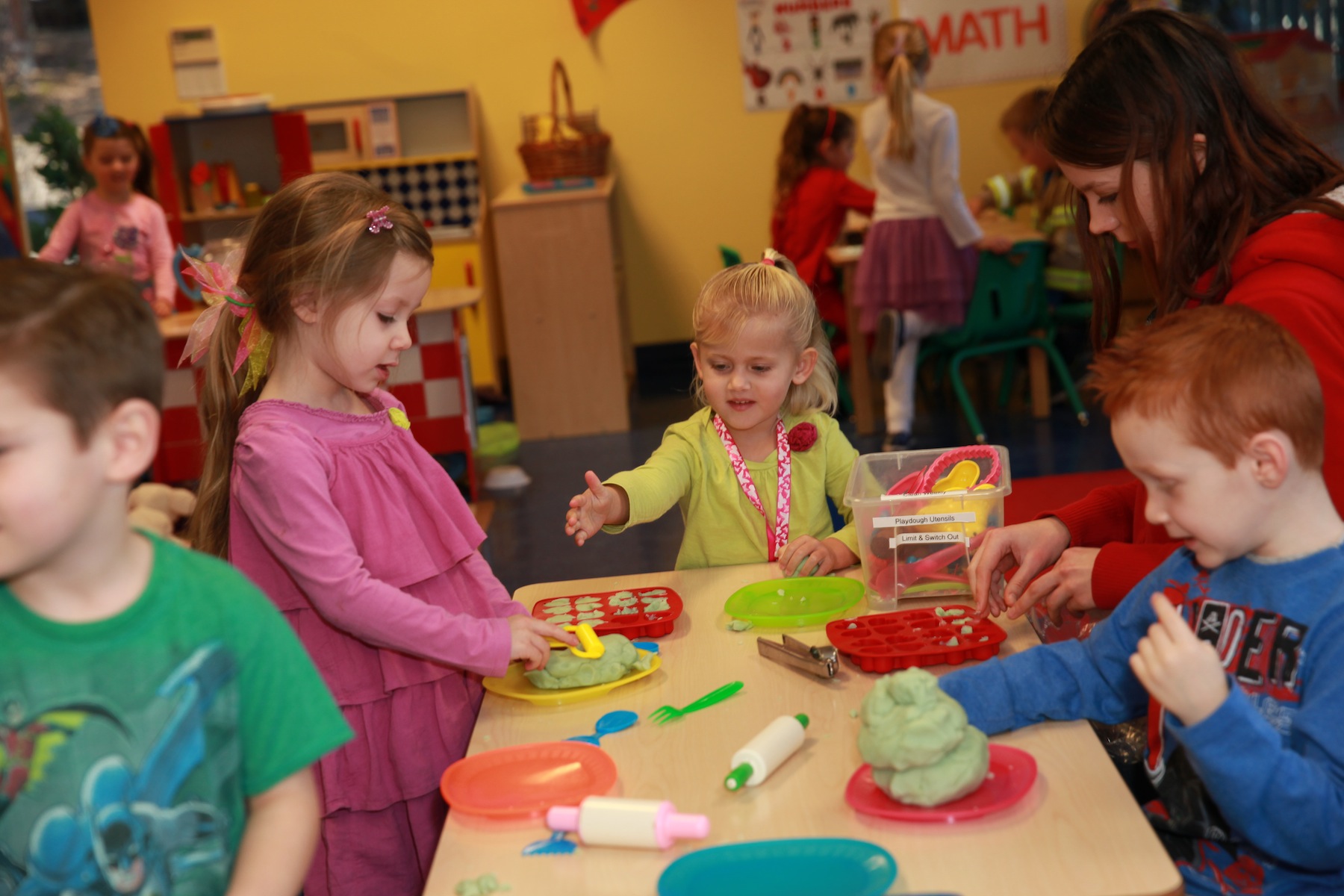 their vocabulary as they explain what they are doing. For example, when a child exclaims, "Chop!” as she brings down the plastic knife, she uses just the right word to describe her action. Children use language to invent stories about their playdough creations. You may notice children using facts or ideas from books you’ve read together. Children also refer to things they did or saw in their everyday lives ("This is a burrito like we had at lunch”).
their vocabulary as they explain what they are doing. For example, when a child exclaims, "Chop!” as she brings down the plastic knife, she uses just the right word to describe her action. Children use language to invent stories about their playdough creations. You may notice children using facts or ideas from books you’ve read together. Children also refer to things they did or saw in their everyday lives ("This is a burrito like we had at lunch”).
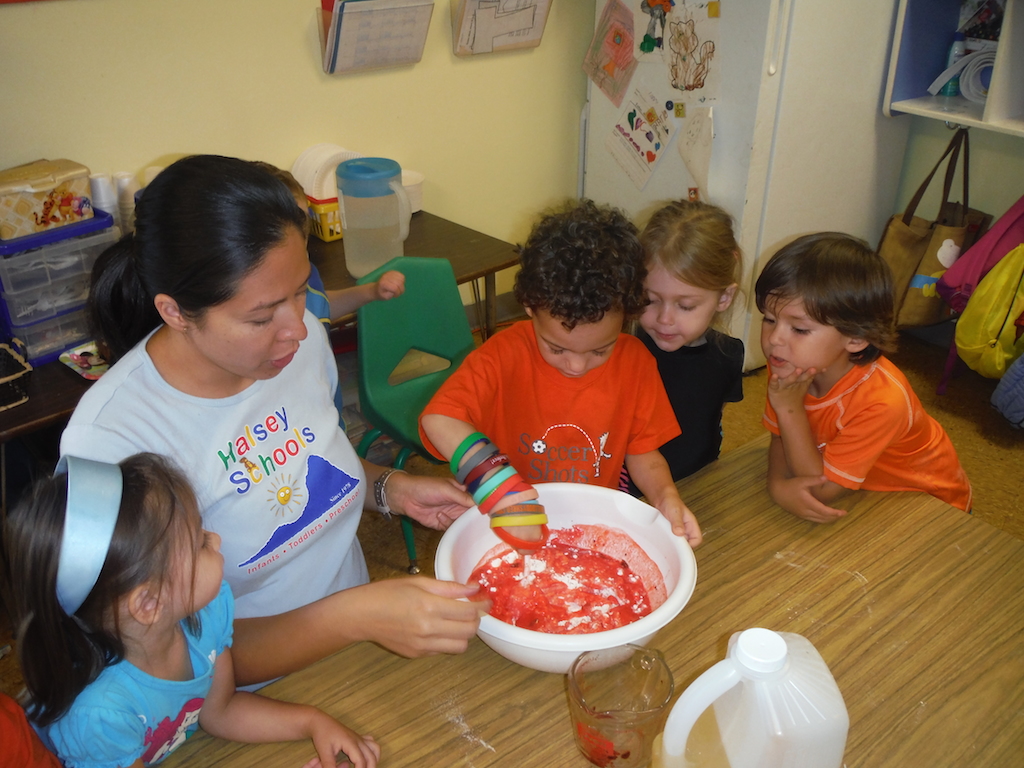 When making homemade playdough, children learn about print and why people write. Following the recipe helps them connect written and spoken words and learn that writing can be used for different purposes. In this case, the writing explains how to make playdough. Encourage him to roll snakes and use them to form letters. Discuss action words like pound and slice and descriptive words like mushy and sticky. These types of experiences help children learn new words and communicate their thoughts and ideas effectively—skills they will need when they learn to read and write in the primary school.
When making homemade playdough, children learn about print and why people write. Following the recipe helps them connect written and spoken words and learn that writing can be used for different purposes. In this case, the writing explains how to make playdough. Encourage him to roll snakes and use them to form letters. Discuss action words like pound and slice and descriptive words like mushy and sticky. These types of experiences help children learn new words and communicate their thoughts and ideas effectively—skills they will need when they learn to read and write in the primary school.
4 It Offers Science Experiments 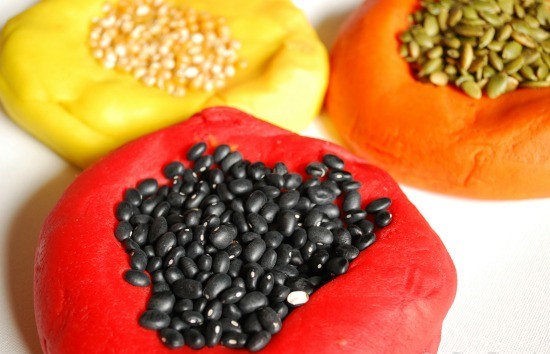
Young children learn about science through hands-on experiences. They learn by observing, thinking, and talking about how materials feel and how they change. You can encourage scientific thinking. Provide sawdust or sand to add to the playdough and then talk about how this new kind of dough looks and feels. Introduce words like texture, grainy, smooth, and lumpy.
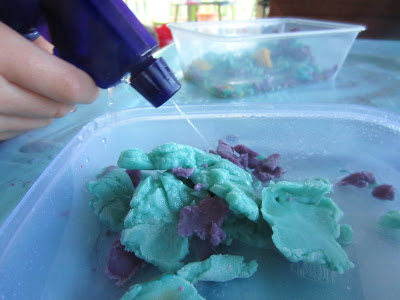 Children might declare, "I’m making this flat!” as she pushes down on playdough with the palm of her hand. Or she may say, "I’m making it soft,” as she adds water to dry playdough to make it more pliable. When you ask, "What do you think would happen if we added too much water?” you are helping her understand the scientific concept of cause and effect.
Children might declare, "I’m making this flat!” as she pushes down on playdough with the palm of her hand. Or she may say, "I’m making it soft,” as she adds water to dry playdough to make it more pliable. When you ask, "What do you think would happen if we added too much water?” you are helping her understand the scientific concept of cause and effect.
5. It Teaches Maths Concepts
Measure and count while you make a batch of playdough with the children. Children can learn about measurement and numbers by filling the cup and comparing the size of teaspoons and tablespoons, and about counting as they add the ingredients.
Children note changes in shape and size as they comment on, compare, and contrast the objects they make ("I made a triangle” and "Mine is a tiny ball and yours is big”). Others notice who has more or less playdough. Ask children to count how many pieces they are making or to arrange their creations by size or colour. Encourage mathematical thinking by asking, "What shape is that?” “Which snake is longer?” or “How many pieces do you have now?”
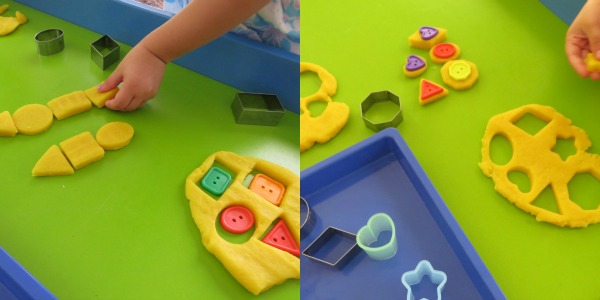
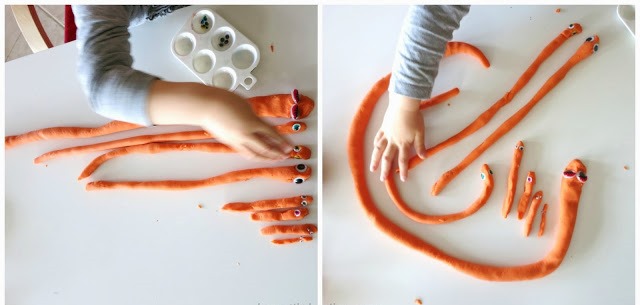
These play experiences encourage children to practice counting, learn about shapes (geometry) and how they relate to each other (spatial sense), and practice sorting and classifying. Such mathematical ways of thinking prepare children for learning more complex math concepts in the coming years.
6. It Promotes Physical Development
While poking, rolling, and squishing playdough, children develop the small muscles in their fingers and hands. They use hands, fingers, and tools to pound, push, poke, shape, flatten, roll, cut, and scrape. Through these manipulations, children develop eye-hand coordination, the ability to match hand movement with eye movement. They also gain strength and improve dexterity in their hands and fingers, critical areas of physical development for writing, drawing, and other purposes.
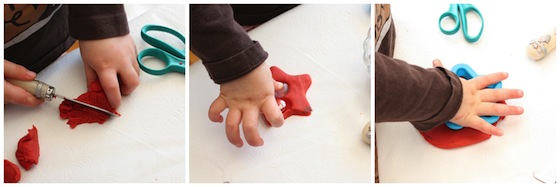
References
http://families.naeyc.org/learning-and-development/music-math-more/playdough-power
http://www.nicurriculum.org.uk/docs/foundation_stage/learning_through_play_ey.pdf
Aistear, the Early Childhood Curriculum Framework, NCCA, 2009.